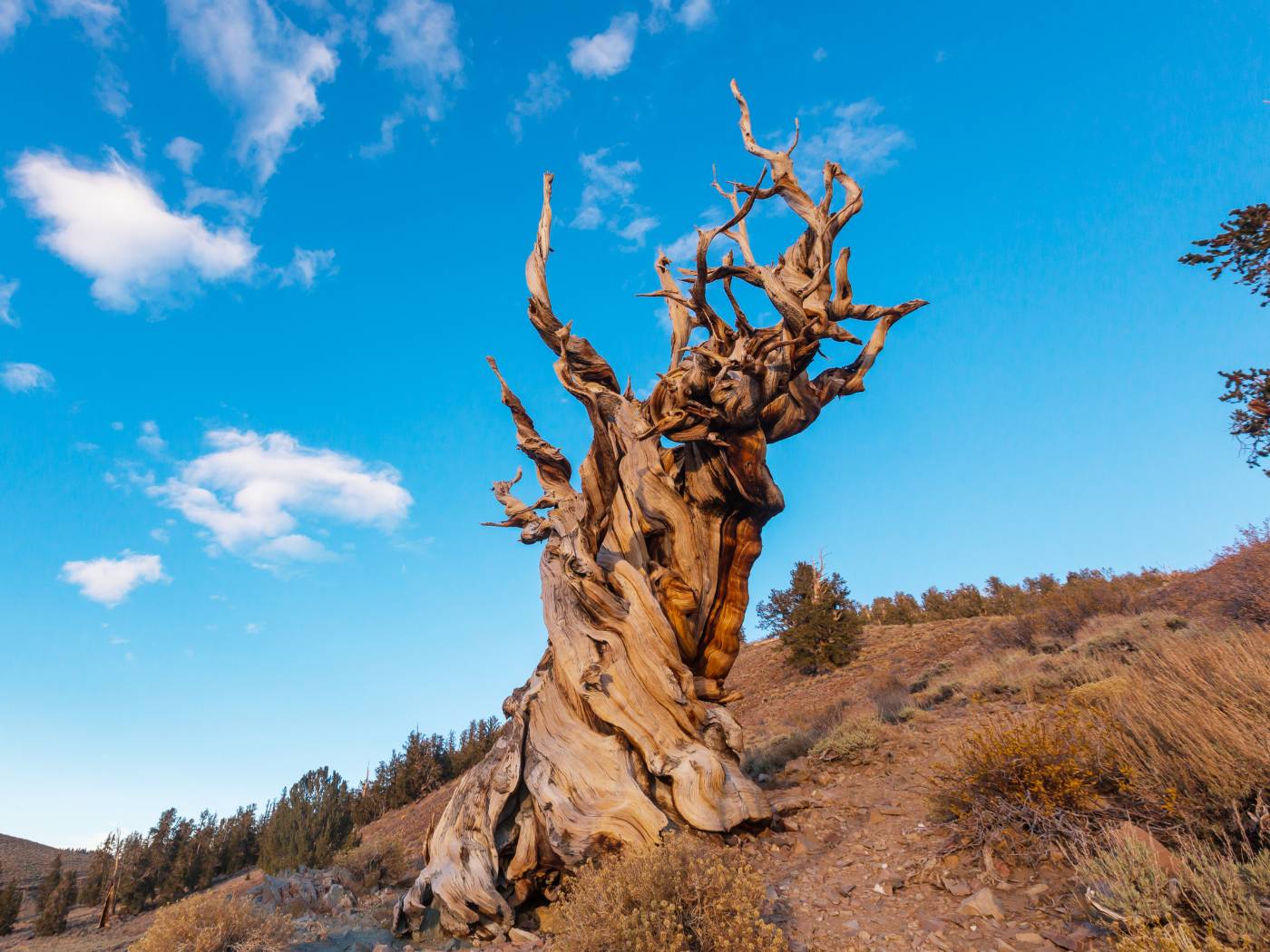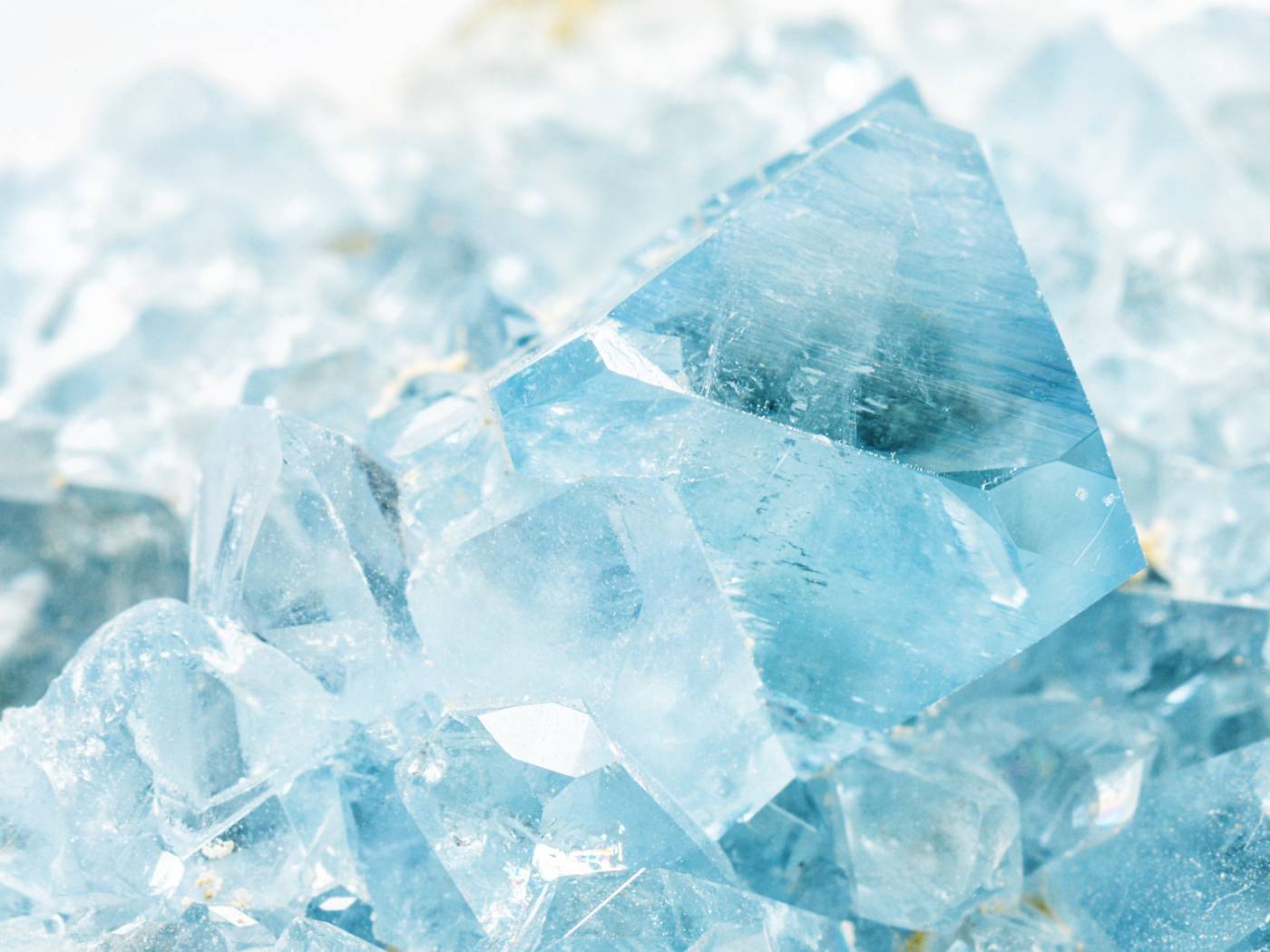Trees, with their enigmatic growth patterns and remarkable adaptations, stand as some of the most captivating and diverse living entities on our planet. They have stirred human curiosity for millennia, prompting questions about their communication, multi-generational growth, and resilience in challenging environments. Each tree, a testament to the wonders of nature, unfolds a unique narrative – be it an inspiring fun fact or a tale of survival amidst historical events.
Intriguingly diverse, trees showcase an array of shapes and sizes, each possessing qualities that ignite our fascination. Some boast remarkable stories of survival, while others carry the weight of age and history. From the towering giants of California to the expansive canopies in India, this exploration will delve into the oldest living tree in the world. Whether measured by age, height, volume, or diameter, these arboreal wonders emerge as the rockstars of the tree kingdom, and astonishingly, many of them continue to grow, adding to their already impressive legacies. Join us on a journey to unravel the mysteries and marvels of these extraordinary trees.
Earth's oldest living tree: Methuselah Tree
Holding the title for the world's oldest living tree, this ancient marvel is a Great Basin bristlecone pine (Pinus longaeva), boasting an astounding age of 4,854 years.
In the realm of ancient arboreal wonders, none captivates the imagination quite like the Methuselah Tree. Nestled in an undisclosed location, shrouded in mystery and surrounded by the harshest environmental conditions, Methuselah emerges as a stoic survivor against the test of time. This botanical Methuselah, unlike itfIs Methuselah Tree Still Alive?s biblical counterpart, is not a mere symbol of longevity but an actual living testament to the tenacity of life.
With an age that stretches back millennia, Methuselah stands defiant against the elements, forcing us to question our understanding of resilience in the face of adversity. Join us as we unravel the enigma of Methuselah, exploring its hidden abode, harsh surroundings, and the profound significance it holds as one of the oldest living witnesses to the secrets of our planet's past.

How Did It Survive That Long?
In Buddhist philosophy, the story of the bristlecone pine resonates with the teachings of impermanence and resilience. Just as Buddha emphasized the impermanence of all things, including life itself, the bristlecone pine demonstrates adaptability and endurance in the face of harsh conditions. The tree's ability to survive and even thrive in adverse environments mirrors the Buddhist concept of finding strength and inner peace amidst life's challenges.
Exploring the extraordinary longevity of the Methuselah tree unveils a complex interplay of factors that contribute to its remarkable endurance. Nestled in an environment that has become synonymous with resilience, Methuselah has adapted to survive in harsh conditions, showcasing an intricate dance between its biological traits and the demanding ecosystem.
Scientific insights delve into the very core of Methuselah's ability to withstand the test of time, unraveling growth patterns, genetic intricacies, and reproductive strategies that set it apart. One of the things most affected it, was its size.
In contrast to their towering conifer counterparts like the sequoias, bristlecone pines prioritize survival over sheer size. While the tallest sequoia can reach an impressive height of 367 feet, the tallest bristlecone pine stands at a modest 60 feet, with many of its kind even shorter. This preference for smaller stature becomes evident in the harsh conditions of the White Mountains' high altitude environment. Here, bristlecones endure challenging summers, relying on carbon compounds produced during the season but only able to grow new tissue by tapping into energy reserves stored from the previous year.
The remarkable resilience of the bristlecone pine lies not in towering heights but in its unique strategy of embracing reduced size. This adaptation, more than any other, grants the species an exceptional longevity that surpasses the timelines of most civilizations. When a major root faces demise due to factors like root-rot fungi or desiccating winds, the corresponding section of the trunk, along with any branches it supports, succumbs as well.
Over time, the bark of the affected sector sheds, revealing bare trunkwood. Some ancient bristlecones showcase only a slender strip of living bark, sustaining a lone branch and its needles. In a fascinating twist, these time-tested trees essentially revert to a seedling-like state, embodying a profound resilience that defies the passage of centuries.

Is Methuselah Tree Still Alive?
Yes, the world's oldest tree is still alive. You might wonder, can a tree—reduced to a mere remnant of itself, with only a fraction adorned in foliage—truly be classified as a living entity? The unequivocal response is yes, especially when reproductive capability defines the essence of life. Even the most weathered bristlecone pines can produce cones bearing viable seeds. Despite its truncated form, the tree remains the identical entity that once stood as a seedling, perhaps during the time when King Tut was still a young boy.
Conservation Efforts
As ancient trees like Methuselah stand as silent witnesses to epochs gone by, there is an urgent need for comprehensive conservation initiatives. The preservation policies and establishment of protected areas are crucial steps in safeguarding these living relics. Methuselah, with its iconic status, plays a pivotal role in raising environmental awareness.
Educational programs and media portrayals leverage its significance to impart the importance of preserving ancient ecosystems. However, as we navigate the path of conservation, challenges emerge, from the looming threat of climate change to ethical considerations around human intervention. The future prospects of preserving ancient trees hinge on a delicate balance, incorporating technological innovations and collaborative efforts.
The Demise of the Previous Oldest Living Tree
Donald Currey, a respected American scientist, delved into the study of ancient Bristlecone Pine trees. In 1964, Currey found himself inadvertently at the center of controversy when he accidentally felled another ancient Bristlecone Pine during his climate research in California's White Mountains. Tasked with deciphering past climate conditions through tree ring growth patterns, Currey selected a tree he estimated to be nearly 4,900 years old.
Tragically, during the coring process to extract a sample, the tool broke inside the tree. With the coring instrument lodged irretrievably, Currey sought permission from the U.S. Forest Service to fell the tree, aiming to retrieve the tool and analyze its rings for his research.
However, this decision led to the unintended destruction of what was then believed to be one of the oldest living organisms on Earth. The incident ignited heated debates and ethical dilemmas regarding the preservation of ancient trees and the moral obligations of scientific research.
Currey's unintentional role in the demise of the ancient Bristlecone Pine underscored the delicate balance between scientific inquiry and environmental conservation. The event served as a poignant reminder of the importance of safeguarding these ancient sentinels of time and prompted a renewed commitment to their preservation.
Conclusion
In concluding our journey, let's reflect on the Methuselah tree, a living testament to the passage of millennia. Nestled in an undisclosed location, Methuselah's remarkable 4,854 years of existence embody a profound connection to the history of our planet. Its enduring presence prompts us to marvel at the mysteries of longevity, resilience, and the intricate dance between a tree and its environment.
The exploration of Methuselah and other ancient arboreal wonders underscores the critical importance of tree conservation. Trees, beyond their aesthetic and historic value, play an indispensable role in maintaining ecological balance. They contribute to oxygen production, carbon sequestration, and habitat preservation, making them essential guardians of biodiversity. It is imperative that we recognize and actively contribute to conservation efforts to ensure the survival of these natural wonders for generations to come.
In closing, I invite you, dear readers, to embark on your own exploration of these natural wonders. Whether through visits to ancient forests, participation in conservation initiatives, or simply gaining knowledge about these remarkable trees, your engagement fosters a deeper appreciation for the beauty and importance of our planet's arboreal treasures. By cultivating a sense of wonder and respect for these ancient giants, we can collectively contribute to their preservation and, in turn, the health of our environment.













